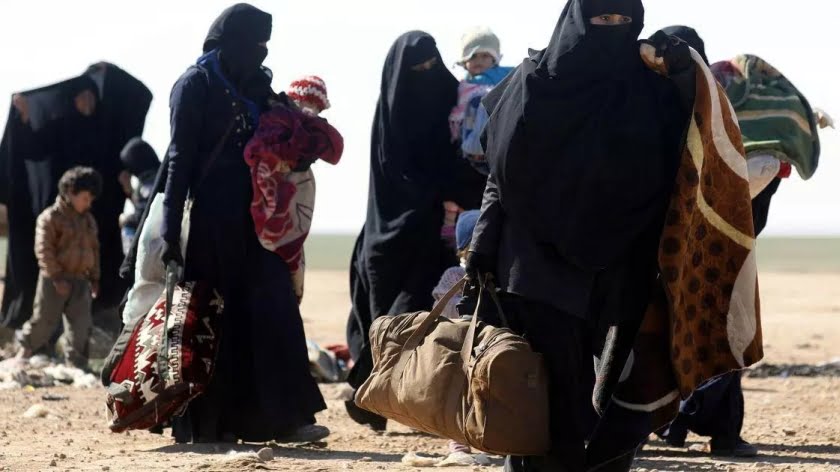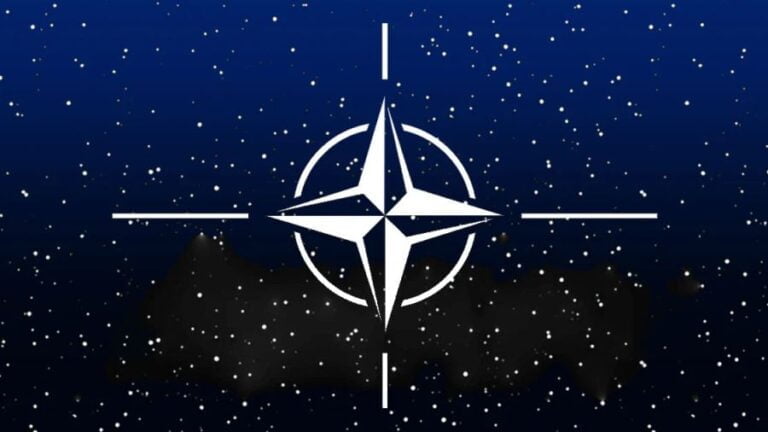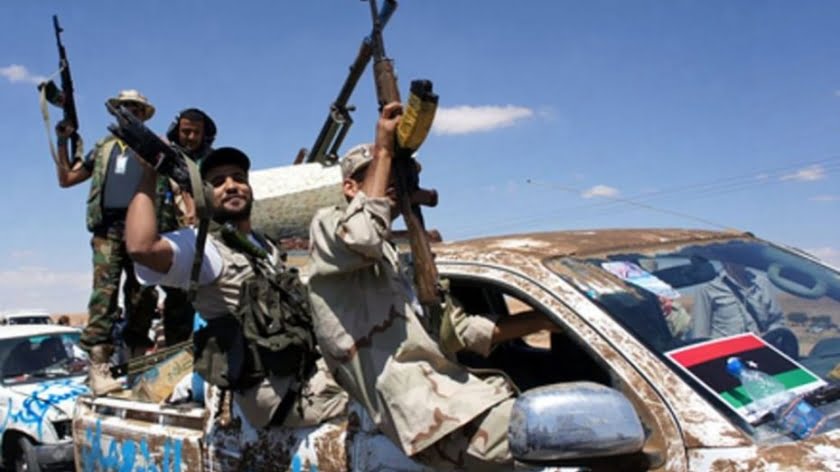ISIS could Not Return After US Withdrawal from Syria and Iraq
The US Intelligence community claims that the Islamic State (ISIS/ISIL) will return within twelve months of any US withdrawal from Syria and will be able to control a wide sweep of territory. In 2014 ISIS occupied an area the size of Great Britain– analysts claim that ISIS would soon be able to control half this much territory. At the same time US President Donald Trump is correctly announcing that ISIS is almost defeated, Pentagon sources claim there are still 20,000 to 30,000 ISIS fighters in Iraq and Syria.
These unfounded statements and predictions are made by analysts whose bread and butter is to keep the fear of ISIS alive. The reality on the ground is different. Indeed, Kurdish forces in Syria are overwhelmed not by attacks, but by the hundreds of ISIS surrendering to its forces, unwilling to continue fighting, and preferring prison to death. What is more, the families (women and children) of ISIS militants of various nationalities are flocking into the deserted area under Kurdish control east of the Euphrates and surrendering themselves. They are hungry and humiliated, and they loudly express their disappointment at the trap they were drawn into years ago to by the so-called Islamic State. Coalition forces and Iraqi artillery have been bombing ISIS’s last strongholds in Arqub, BaghuzFoqani and BaghuzTahtani, within 7 km of the Syrian-Iraqi borders east of the Euphrates.

These professional analysts are ignoring the fact that any war needs financing to ensure its success. The former Qatar foreign minister Hamad Bin Jassem claims his country $137bn to topple Syrian President Bashar Al-Assad; the amount Saudi Arabia spent for the same purpose is unknown but surely comparable. But today the countries most responsible for financing regime change efforts in Syria are no longer interested in Syrian events. They have lost the war, they have no trust in their proxies, and have abandoned them to their fate under Turkey’s wing. Not only this: many Arab and non-Arab countries are preparing to reopen their embassies in Damascus and some have already done so despite US pressure to slow down the process.
Moreover, the US and Europe have organised themselves to establish tight controls on money flow and transfers from donors, banks and private institutions that used to find their way into al-Qaeda and ISIS hands in Syria and Iraq. Many transfers, in fact, were meant to finance terrorism and dispatch military equipment to topple the Syrian government and divide Iraq.
Furthermore, ISIS and al-Qaeda had unrestricted access to social media platforms for years. ISIS used these platforms to disseminate propaganda material and recruit foreign volunteers from all over the world. International media played into ISIS’s hands by promoting “regime change”, publishing online staged photos of atrocities of which many were falsely attributed to the Syrian government and broadcasting ISIS propaganda worldwide. These images attracted foreign fighters, who found all borders open for them to reach the Levant and Mesopotamia. Today, Twitter and Facebook are exercising censorship on jihadists (and also on non-jihadists), closing down tens of thousands of accounts belonging to ISIS and their supporters. The latest technology is no longer at ISIS’s service as it was in 2013-16.
Iraq and Syria take seriously the threat from ISIS and the effects of foreign intervention and support for the terror group, having experienced the destruction of most of their respective countries. Iraqis and Syrians who lived under ISIS saw what “Dawla” (“the State” as ISIS used to be called by inhabitants under its control) was capable of, how it lied to people living under its rule and also to the Muhajireen (foreign fighters) who came to Syria and Iraq. The minimum a “state” should offer is stability and security to its inhabitants, essential elements ISIS was not able to provide. It lost all its territories in the space of a couple of years.
ISIS used to raise money by selling oil, imposing taxes on goods, agriculture, cars crossing its territory, looting, and the sale of looted ancient arts. All this is over today because the countries that sponsored ISIS no longer want to do so. No financiers are available to allow ISIS to rebuild its “state” even though Iraqi leader Abu Bakr al-Baghdadi has most probably hidden away cash and weapons, just as Saddam Hussein did prior to the US invasion of Iraq in 2003, to no avail.
ISIS retains the ability to carry out insurgency attacks, on a small and even a large scale, in Syria and Iraq. Those who deny this are naïve. Terrorist attacks have hit New York, Brussels, Paris, Madrid and other cities in Europe and in the Middle East. Al-Qaeda was able to strike relentlessly in the heart of Iraq while hundreds of thousands of US troops were deployed in the country; it was only years after the creation of al-Sahwa militias in 2005-2007 that the US began manipulating many members and leaders within ISI (Islamic State in Iraq).
Pro-ISIS elements will likely always exist, with weapons and cash hidden in various parts of Syria and Iraq. Within a couple of years of ISIS’s total loss of territories, ISIS can be expected to be more active than ever, just to prove it is still alive, even though its leaders and militants are tired and on the run, wanted and hunted everywhere. The group can no longer show any overt presence on the ground in daylight – not in Ramadi nor in Fallujah and certainly not in Raqqah or Deir-Ezzour.
It is understandable that the US establishment, and its supporting analysts, will continue spreading exaggerated fears of the return of ISIS. Many US officials – unlike Trump – would like to stay in Syria- and in Iraq – for much longer than officially announced (4 months). These analysts consider ISIS’s survival their bread and butter. They disregard essential factors – including those mentioned above – making it impossible for non-governmental forces to run a mini-state and to defend it militarily. The Islamic State failed to attract the support of society and was unsuccessful in winning the heart and minds of the population. They ruled by the sword, triggering fear and terror among people who might otherwise have supported them. Like the “Free Syrian Army”, al-Qaeda and many other groups linked to Saudi Arabia or to Turkey, the Islamic state group was unable to govern the areas under its control.
The world is divided today between two poles: Americans trying to impose their military hegemony on the world, and the Russian-Chinese pole – which includes all those rejecting US hegemony – trying to promote economic development and prosperity without military aggression. ISIS has no place at all between these poles, and no hope of occupying any territory again or holding it for any length of time in Syria and Iraq. The world will continue hearing about sporadic terror acts from ISIS, but the group and its “State” Muhajireen to the dustbin of history.
By Elijah J. Magnier
Source: Elijah J. Magnier











